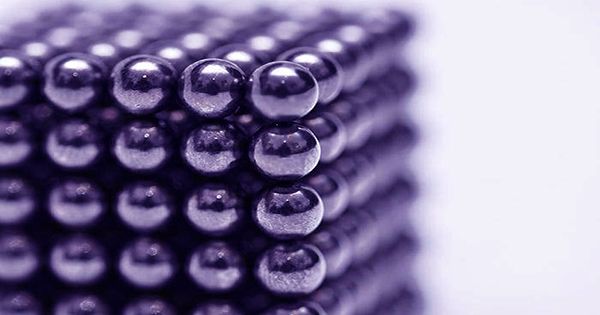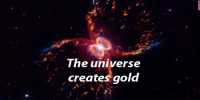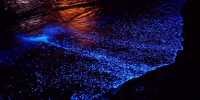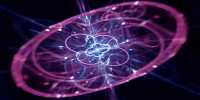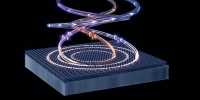Dr. Daniel Reardon, head of Swinburne University in Australia, was trying to join the fight against the virus epidemic. It didn’t work out, but he gained a lot of respect for his self-deprecating tune after he was hospitalized with a powerful magnet stuck inside his nose. Being a microbiologist without being an astronomer, Reardon was unlikely to discover a new treatment. Still, following in the footsteps of the Australian radio astronomer who invented Wi-Fi, he thought his skills could be transferable.
Reardon imagined a device that would sound a warning alarm before touching your face, thus preventing the most common form of COVID-19 infection, respiratory illnesses that are transmitted through the buttocks to the surface, hands, etc. Self-deprecating, Reardon bought some powerful neodymium magnets online and started tinkering, but his product came out on the back. He told the Guardian, “I accidentally discovered a necklace that kept humming without you moving your hand to your mouth.”
Reardon admitted to IFLScience that the problem could be solved with a knot gate, but he didn’t have any of the electronic equipment he was using and learned that his magnetic field detectors weren’t sensitive to work in any way. Like many inventors in the face of obstacles, Reardon began to play with his equipment, in which case the magnets clipped both sides of his ears and the noses of his nose, where the problems went wrong.
The two magnets inside her nose and the two outside were all good, but when she removed the ones inside, the ones inside stuck together on either side of her breasts. Ignoring advice about the end of the hole and the excavation, Reardon tried to use the other two magnets to find the interiors. He said, “Right now, my partner who works at the hospital was smiling at me.” “I was trying to pull them out but I have a leaf under my nose that you can’t get past.”
Like any good millennium, Reardon Google did the problem, but more magnets are needed to solve it. he told the Guardian, “As I was pulling down the magnets to try and move, they clung to each other and I clung to myself. The other two were to my right and these two magnets ended up in my left nostril. At this moment I ran from the magnet.” Metal shaking has become magnetic, which has made things worse, not better.“My partner took me to the hospital because he works there because he wants all his colleagues to laugh at me.” Surprisingly, they said, “It’s a trauma because of self-loneliness and loneliness.”
The fully recovered Reardon told IFLScience that he decided to give the story to the world without hiding it because “I thought people might laugh at this moment.” Reardon’s work, which he says is actually going pretty well right now from home, involves collecting pulsar observations from radio telescopes across Australia and South Africa, including the famous Parks Dish. He is taking part in the analysis of small changes related to pulsar timing to detect gravitational waves and to “explore basic physics in very dense environments”. He is taking part in an ongoing investigation to verify general relativity against competing theories. He told IFLScience, “These observations can also be used for interstellar space navigation.”
The good humor with which he describes his evils has earned Reardon social media fame, at least locally, although he probably still doesn’t match the same department’s astronomer Matt Agnew, who was an Australian bachelor last year. Reardon told IFLScience that he’s not playing with the magnet again, but said anyone with better equipment is welcome to continue trying to make his idea a reality.
